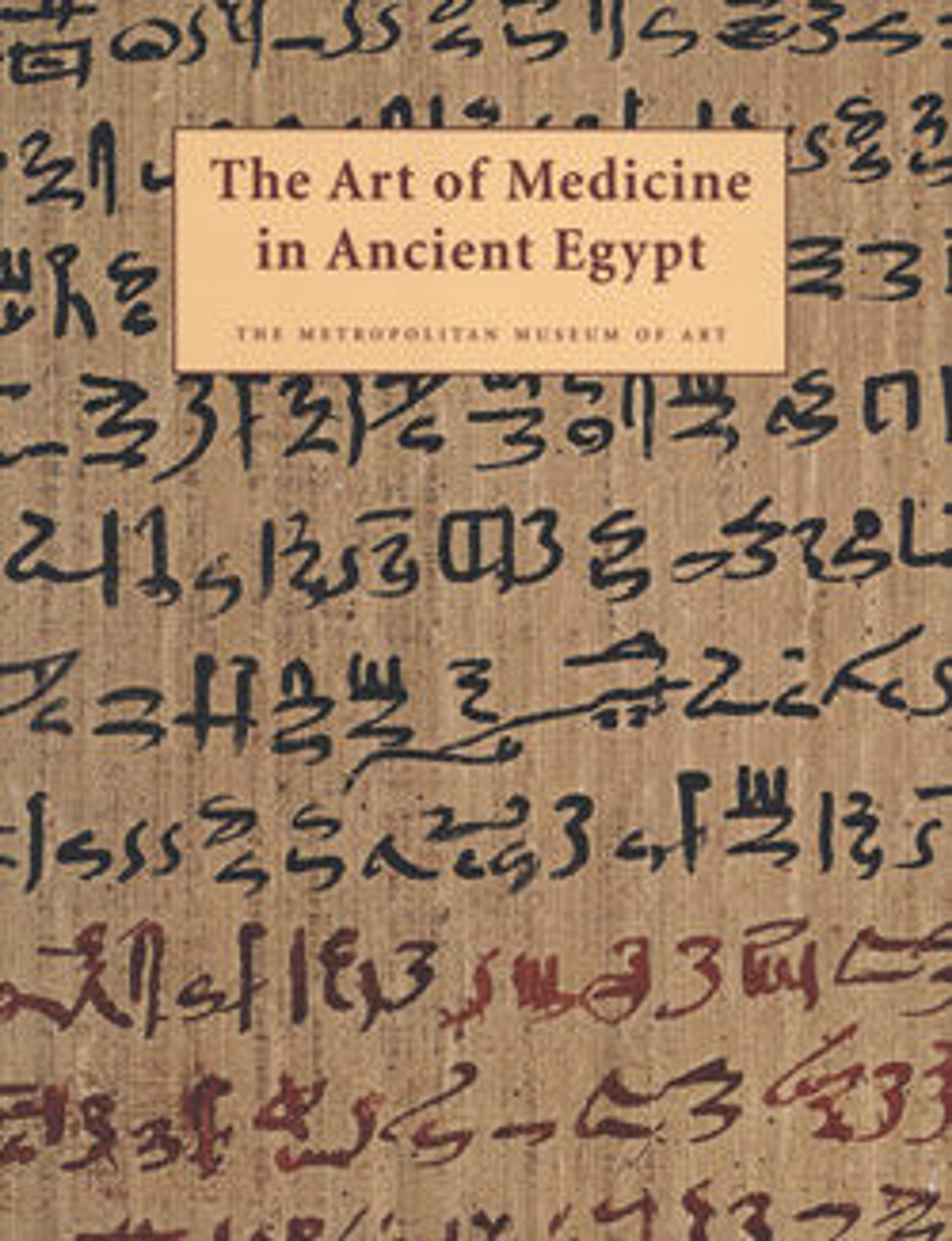Lotus Flower Inlay
The water lily, more commonly known as the lotus, was one of the most ubiquitous plants and symbols of ancient Egypt. Its flower, which is either blue or white (Nymphaea coerulea and alba), closes up at night and reopens in the morning to reveal a central yellow circle radiating yellow petals. To the ancient Egyptians this phenomenon reflected the rising of the sun at the dawn of creation, and the flower was honored as an image of daily rebirth and rejuvenation. De-pictions of the water lily, such as these models and inlays, usually incorporate this symbolism, but the plant was also valued for its medicinal properties as a pain reliever.
Artwork Details
- Title: Lotus Flower Inlay
- Period: New Kingdom, Amarna Period
- Dynasty: Dynasty 18
- Date: ca. 1353–1336 B.C.
- Geography: From Egypt, Middle Egypt, Amarna (Akhetaten)
- Medium: Faience
- Dimensions: L. 3.7 × H. 4.4 × D. 0.6 cm (1 7/16 × 1 3/4 × 1/4 in.)
- Credit Line: Purchase, Edward S. Harkness Gift, 1926
- Object Number: 26.7.967
- Curatorial Department: Egyptian Art
More Artwork
Research Resources
The Met provides unparalleled resources for research and welcomes an international community of students and scholars. The Met's Open Access API is where creators and researchers can connect to the The Met collection. Open Access data and public domain images are available for unrestricted commercial and noncommercial use without permission or fee.
To request images under copyright and other restrictions, please use this Image Request form.
Feedback
We continue to research and examine historical and cultural context for objects in The Met collection. If you have comments or questions about this object record, please complete and submit this form. The Museum looks forward to receiving your comments.
